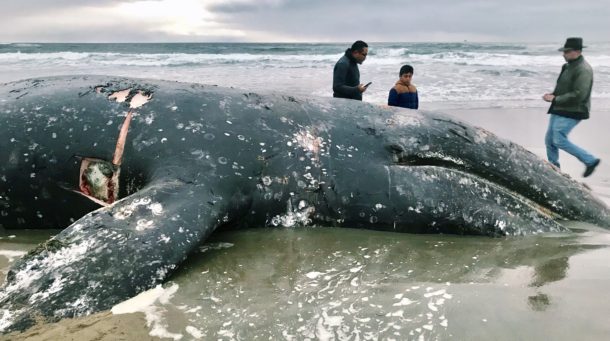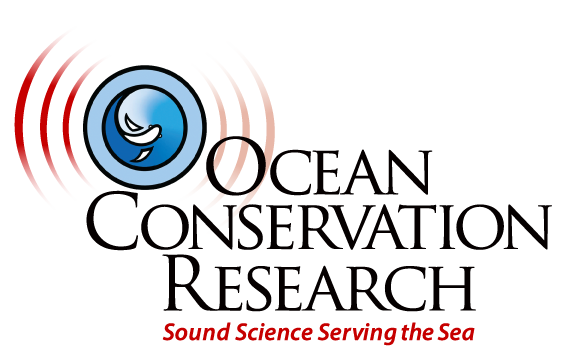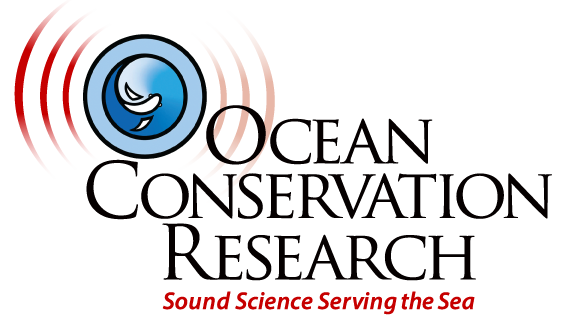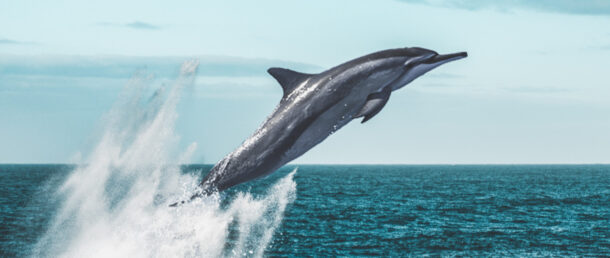2020 Progress Report

Every year around this time we take this opportunity to reflect on what we’ve accomplished over the year, and share our tales, trials, and triumphs with our supporters. But this year has been like no other in so many ways, that our progress is not easily measured in terms of conferences attended, expeditions taken, and visits to the Halls of Power to pound on desks (and cultivate Ocean Champion allies). This Pandemic has really turned things inside-out. I hope that you and your loved ones have remained safe and healthy through it all.
But another circumstance that has made this year remarkable is that (happily) we are at an end of an era: four years where so much of the efforts of our Federal Government – from the regulatory agencies, to the Senate, to the entire Executive branch, has been focused on greasing the wheels of the fossil fuel industry. But the wheels of the Industry seem to be falling off anyways, despite all of the deregulatory gifts and royalty payment forgiveness handed to them. So it may be the end of two entangled eras – the era of complete governmental collusion with a filthy industry, and the beginning of the end of that industry’s hegemony.
I bring this up because last week I was on a weekly conference call with colleagues strategizing on conservation efforts on the Outer Continental Shelf (OCS), and we took a moment to reflect on what we managed to accomplish over the past four years. It turns out quite a bit, even in the face of momentous energy on the part of industry to gain unfettered access to our public treasures.
In 2017, the Administration sailed in on the promise of opening up the entire continental shelf to oil drilling. These included areas that have been under a drilling moratorium since just after the Santa Barbara Oil Spill in 1969. Details of our efforts, and the advances of our Ocean Conservation colleagues can be found on our Ocean-Noise.com blog. Suffice it to say, the OCS was not opened up. Hooray!
These last four years have also been characterized by a lot of policy work. In a typical year we spend a sizeable amount of time reviewing Environmental Impact Statements (EIS) of proposed actions, and providing critiques informed by peer-reviewed scientific papers.
My engagement usually falls under two categories; acoustical evaluation, such as assessing noise propagation modeling in terms of real-life circumstances, and critiquing the proposal in larger systematic terms. (I’m pretty confident that our systematic critique of the SF Bay dredging project, taken from the Alberta Tar Sands, through the Trans-Mountain Pipelines, across the Salish Sea, and up to the Phillips Refinery in Rodeo, CA weighed in to why the Army Corps of Engineers put the kibosh on that project.)
But this last Administration has had a stunning zeal to eviscerate the very laws that provide for the EIS process to take place. They attacked the laws, the acts, the guidelines, and the regulatory structures that help us keep our environment habitable and safe from military and industrial over-reach. So I spent a lot of time trying to get a grasp on what their aims were when striking certain terms from a regulation, or citing a previous Executive Order in a re-write of a law.
And again I can say that the overall success was pretty good. The role of public comments – particularly expert comments, is to provide back-up for our legal colleagues such as NRDC, Earth Justice, and Southern Environmental Law Center when they litigate bad ideas proposed by our Government. In ‘normal times’ the Government prevails 40-45% of the cases. In these last four years, due to a number of factors, like sloppy work by the Agencies and Administrators (pointed out in our various comments), the Government has been prevailing in about 9% of the cases.
This does not mean that damage has not been done. They have been voracious and unrepentant. What their attacks lacked in quality was overshadowed by their sheer volume. It will take a decade to put the EPA back together again. But soon we will be in a position to start that work.
Our most focused review of a “proposed rule change” this year was on the Administration’s efforts to completely eviscerate the National Environmental Policy Act. NEPA is the bedrock regulatory framework upon which all other environmental laws are brought into play. The over-arching theme is that when some proposed project will somehow alter, or compromise our public commons and common inheritance, it needs to be reviewed; the compromises need to be called out, and the public needs to have a voice in whether the action, or some modified version will advance.
We wrote a 36-page critique of their proposed changes in NEPA, so there were a lot of moving parts and poison pills buried in it. It is still in litigation, and we’ll hopefully have a chance to get NEPA back on track in the next administration. But there will be some scar tissue. Similarly, with the Endangered Species Act, in which the Fish and Wildlife Service has proposed changing the meaning of the word “habitat” to reflect a “habitat” more accommodating to industry…
But there has been some fun. Analysis is being done on our Cook Inlet Seismic data (cetacean avoidance and zooplankton damage), and we’re now doing funding outreach for our “Farallones Hydrophone Project,” aimed primarily to understand, and help mitigate whale ship-strikes and propeller entanglements in the shipping lanes off of the California coast.

Ninth dead gray whale found in the San Francisco Bay Area in two months.
We were not able to take the Bayview Elementary students out on the Bay last May, but we’ll be working with them next Spring on SF Bay Area-oriented online “Bio and Geo-science Curriculum” which we hope to distribute to other Marin County elementary schools, to both introduce our up-and-coming environmental heirs to the area in which we live, and also serve as an emissary piece to introduce Marin Country’s largely White student population to their bright KOCs (Kids of Color) cohort in Marin City.
OCR Communications Director Daniela Huson has been knocking it out of the park in our social networking environment. When she started with us in the fall 2017 our Facebook page was reaching a few thousand folks, and getting maybe 1000 “engagements” per month. Now we’re reaching 25 million(!), and getting 2 million post-engagements per month!
I don’t know everything she uses for her ‘secret sauce,’ but it is working. Her posts are beautiful, and informative; certainly a healthy respite from the otherwise toxic Facebook environment. I’m sure the OCR page also keeps our followers from chewing up the furniture while “sheltering in place” through the pandemic. We haven’t figured out how to monetize this, as I am not interested in “selling eyes” to merchants of ideas and stuff, but if we could get a nickel from each of the folks who are enjoying the work…
It turns out Daniela is also a crack video producer; writing, assembling, editing, and producing videos that celebrate, inform, and explore ocean themes. These skills will be really useful in our Bio and Geo Science curriculum project.
Of course none of this could happen without your ongoing support – for which we are deeply grateful. Can we count on you joining us again this year in underwriting our efforts?
Ocean Conservation Research (OCR) is fiscally sponsored by The Ocean Foundation (TOF), tax ID number 71‑0863908 so your donations are tax-deductible.
– Michael Stocker (OCR Director)



